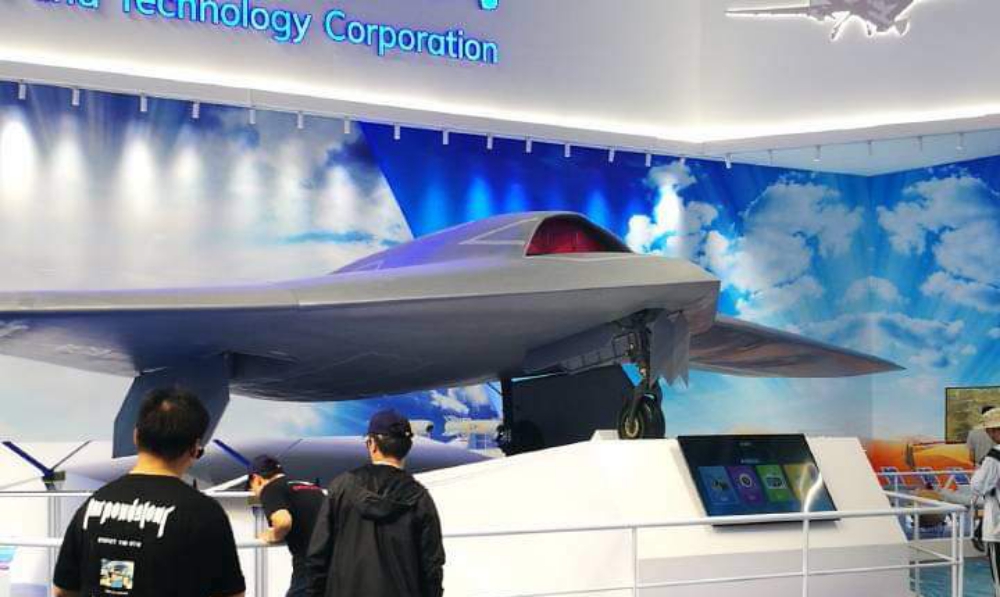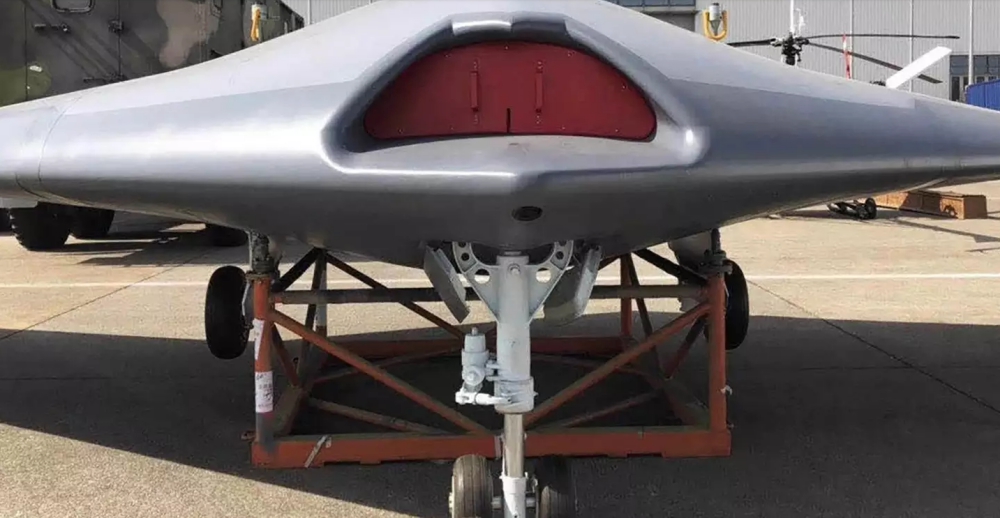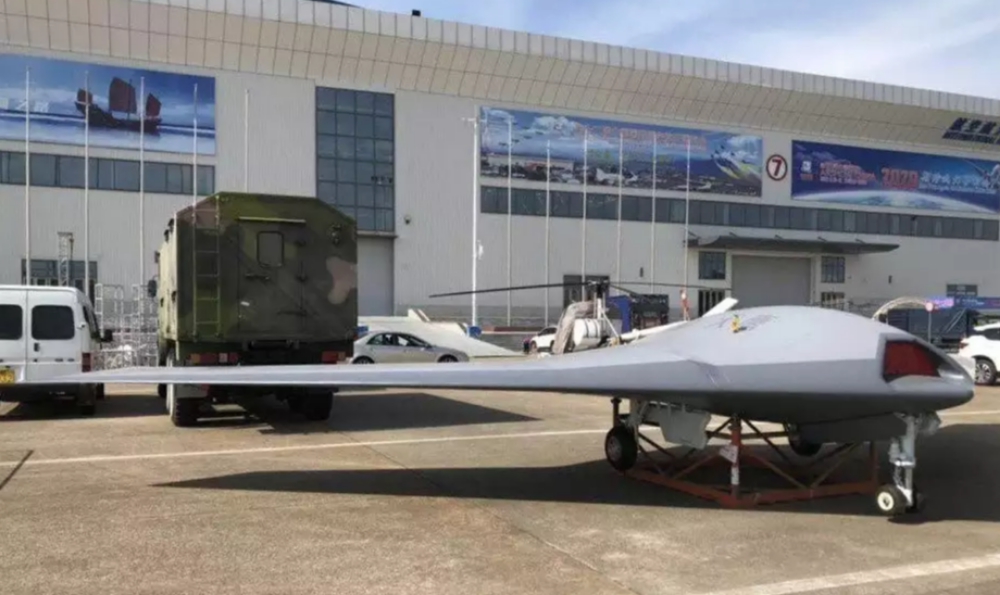The Chinese government regularly uses Zhuhai, also known as the China International Aviation & Aerospace Exhibition and Airshow China, to formally reveal new aircraft and other military technologies.
This time around, China Aerospace Science and Industry Corporation (CASIC) has brought a stealthy flying wing design that has reportedly been in development for more than four years now. The company has placed it within its Tian Ying, or Sky Hawk, series, even though it does not appear to be in any way related to any of the other four known designs in that family.
CASIC says that this new drone has made a number of flights since late 2017 and released photos of the design team standing around it in 2018. The firm blurred out the unmanned aircraft itself in those images.
“Eighty percent of our drone’s technologies are the newest and most advanced, some of which are leading the global [drone] industry” Ma Hongzhong, the lead designer of the newest Tian Ying said, according to a post from CASIC’ s WeChat social media account in February 2018. At that time, he only mentioned that there had been ground tests of the design, which he did not specifically mention by name.
The images we have now from Zhuhai 2018 show a drone that appears somewhat similar in shape to Lockheed Martin’s recently revealed X-44A design. The aircraft may be a bit larger though, with a wingspan around the 35-foot range.
Earlier reports said that the drone was designed for long-range operations, but beyond its apparent stealthy shape, there are no clear distinctive visual features to indicate any particular mission sets. It seems more likely that this Tian Ying, as with the X-44A, is or has served more as a testbed and technology demonstrator, which is something we at The War Zone had suggested was a possible role for this drone in the past. The design could evolve into an actual operational design in the future, though.
What is particularly interesting is that its landing gear appears to be more robust than one might associate with a land-based design and better suited to carrier-borne operations. A model of the future Type 003 carrier, which may be China’s first nuclear-powered type, at the Military Museum of the Chinese People’s Revolution, the official museum of the People’s Liberation Army, shows it carrying a drone very similar in size and shape to the new Tian Ying.
China is also reportedly planning to install electromagnetic catapults, similar to those on the U.S. Navy’s Ford-class carriers, on this ship, as well as its predecessor, the Type 002, which will be the country’s first to feature a Catapult Assisted Take-Off But Arrested Recovery (CATOBAR) configuration. Operators can more precisely tune the power of these aircraft launching systems, which is important for more readily accommodating the very different launching demands of full-size manned aircraft and drones.
China seems to be increasingly aggressive in the UCAV space in particular and if CASC’s reveal does turn out to be an X-47B knockoff with an eye toward carrier operations down the road, or even just a more mature land base UCAV design, it would be another example of the country seemingly picking up where the United States decided to drop off.
Source: The Warzone




